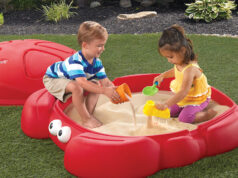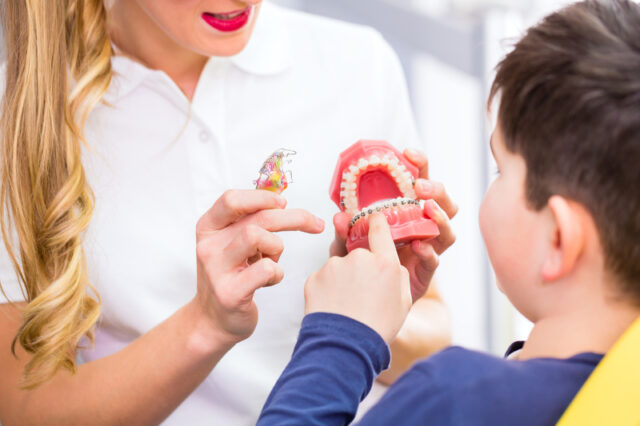
A good number of orthodontic irregularities are caused by genetic factors, which means that your child may develop bite irregularities at an early age (toddlerhood or early childhood). Damaging oral habits like thumb sucking and the early loss of baby (primary) teeth are also factors that contribute to orthodontic irregularities in children.
These bite irregularities can lead to a number of issues for children, such as; poor self-esteem, difficulty with oral home care, tooth decay and risk of childhood periodontal disease. Thankfully, there are orthodontic treatments that can be used to prevent and correct these irregularities and below are some of the effective ones you can consider.
Lingual Braces
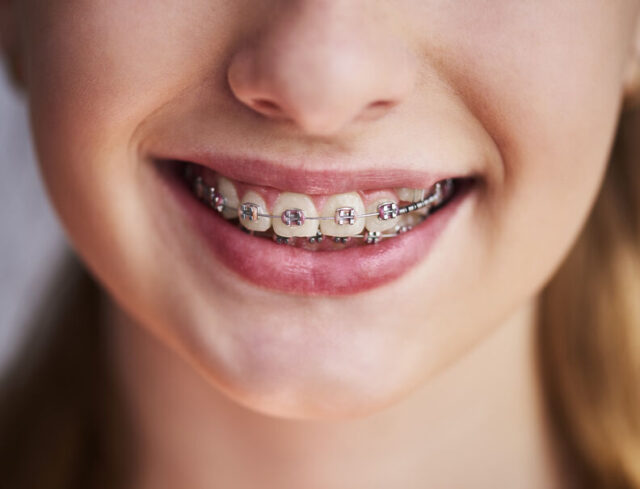
Over the last few decades, there have been a lot of advancements in children’s dentistry and orthodontics. One of those advancements is the use of lingual braces to straighten and align crooked teeth. These braces are great for children as they are usually placed on the backside of the teeth (hidden behind the teeth) so your child can confidently wear them without worrying about how they look.
Although lingual braces work in the same manner as regular braces, there are certain teeth conditions where they should be avoided. They can also infect the inner gums. However, these cases are very rare. Make sure to schedule an appointment with a trusted practice like Sherwood Park Dental Practice for an orthodontist to examine your child’s teeth situation before getting them lingual braces.
Ceramic Braces
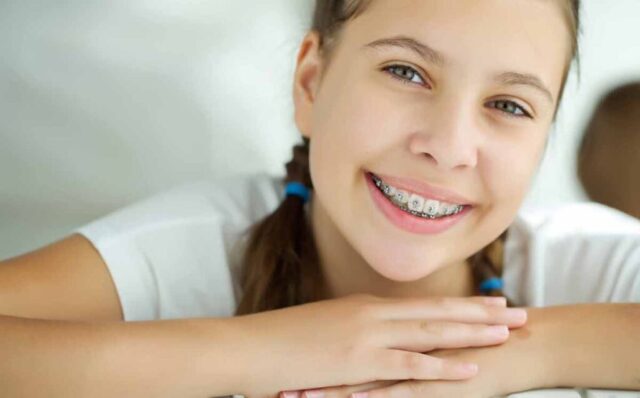
Another orthodontic solution that comes highly recommended for children is ceramic braces. These braces are just like traditional metal braces, but instead of metal, porcelain is used. This makes the braces much softer and more reliable for children. Ceramic braces come in different shades, so you can choose the shade that blends in with your child’s teeth the best. Their appearance is also not very noticeable, so your child can wear them confidently. Ceramic braces do, however, cost much more than traditional metal braces.
Invisalign for Children
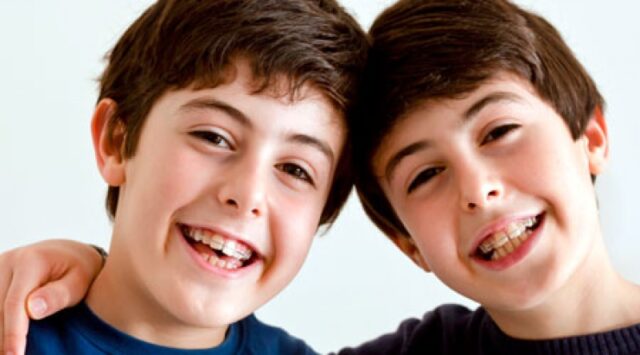
Invisalign are clear, plastic aligners that are designed for straightening and aligning teeth. Many adults usually opt for Invisalign over regular braces because of its almost invisible appearance. Invisalign also comes with a host of benefits such as zero food restrictions, comfort, and easy removal for eating, drinking, brushing, flossing and cleaning of the aligners. Invisalign is a great option for all age groups but because it requires a lot more responsibility and commitment, most people don’t consider it for children.
However, with proper supervision (to ensure that they don’t take them off), Invisalign can be a great teeth-straightening solution for children. Some of the benefits Invisalign can offer your child include; easier brushing and flossing (regular braces can make brushing and flossing difficult), better confidence and comfort (metallic braces can be quite uncomfortable and sometimes painful for children).
Rubber Bands
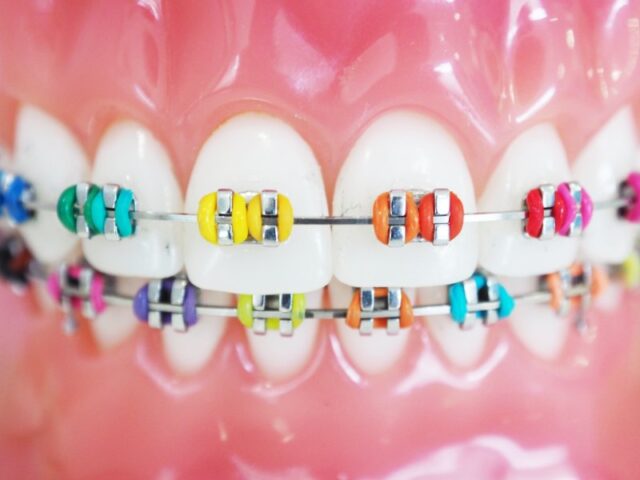
Rubber bands, also known as elastics, are devices that use force to move the child’s jaws and teeth into a desired position. Rubber bands come in different colours, so your child has the option of choosing any colour they want.
Headgear
Some children can benefit from using this appliance. The headgear, which is removable, is typically attached to the braces from the back of the head. Headgears are usually recommended when extra force is needed to move the jaws and teeth into the desired position. They are worn at home or while sleeping at night.
Retainers
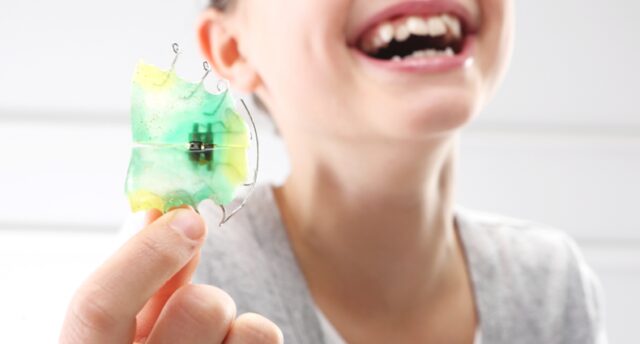
These are devices worn to keep newly aligned teeth in place. They can be worn either after your child’s braces come off or after their Invisalign treatment has been completed. The retainer ensures that your child’s teeth don’t start to shift from their desired position again. Retainers can be removable or fixed, and they can also be customised, for example, glow-in-the-dark retainers.
Conclusion:
There are several different types of treatments that can be used to fix orthodontic irregularities in children, and the treatment you choose for your child will depend on the type of irregularity that needs to be corrected. Talk to your dentist about each option before settling on the treatment that is best.



